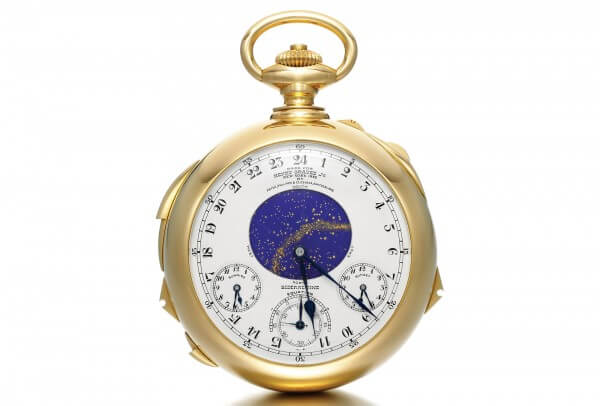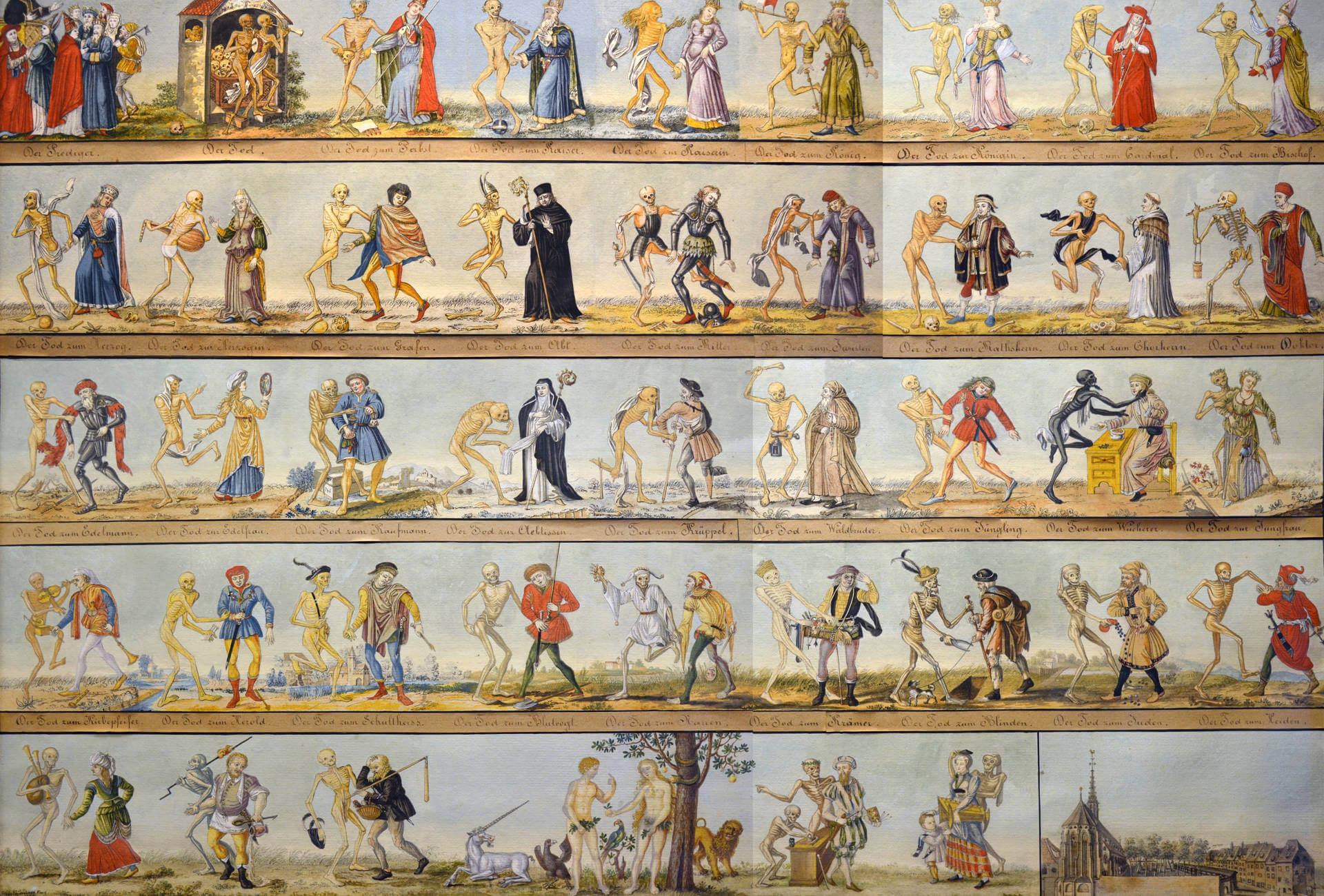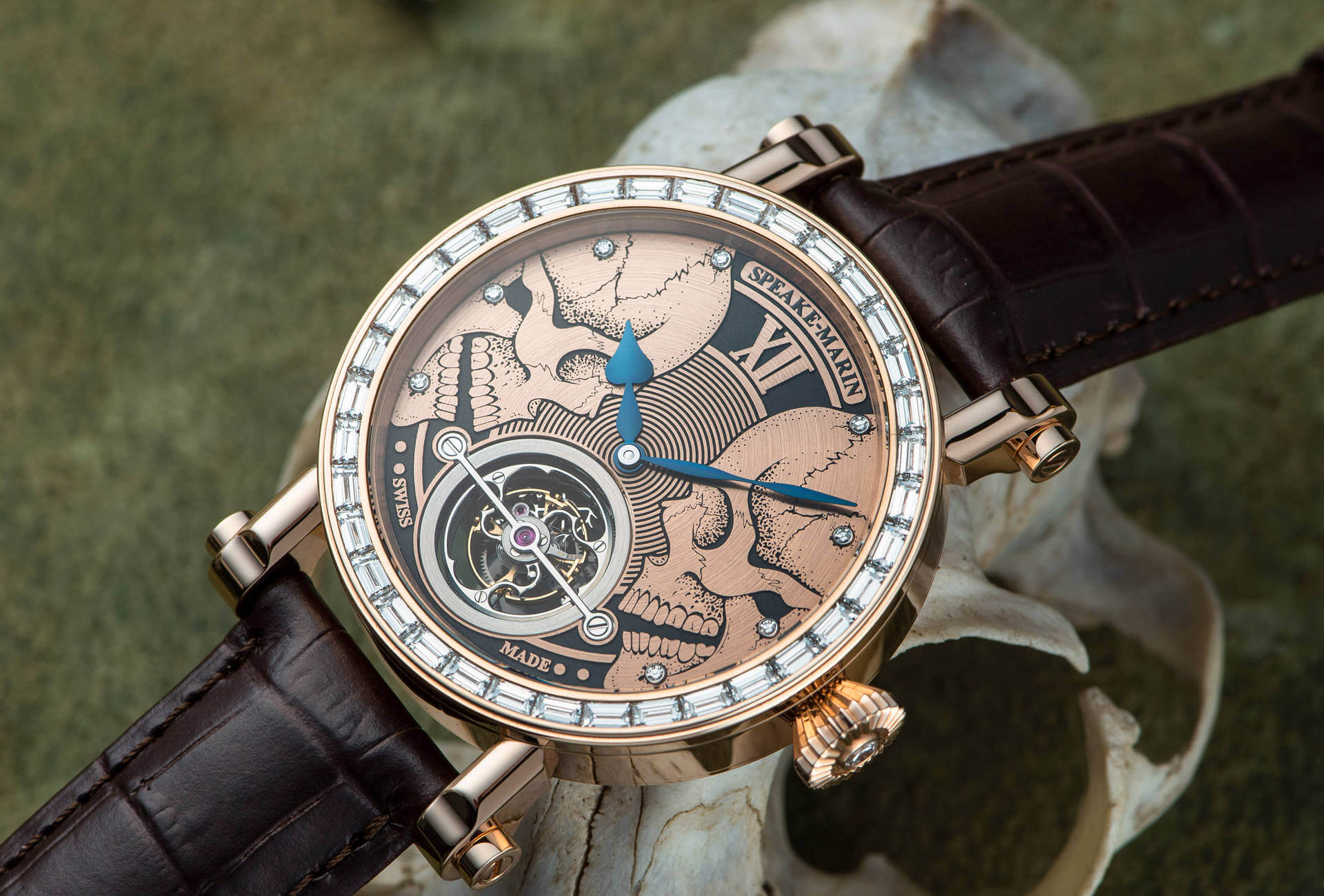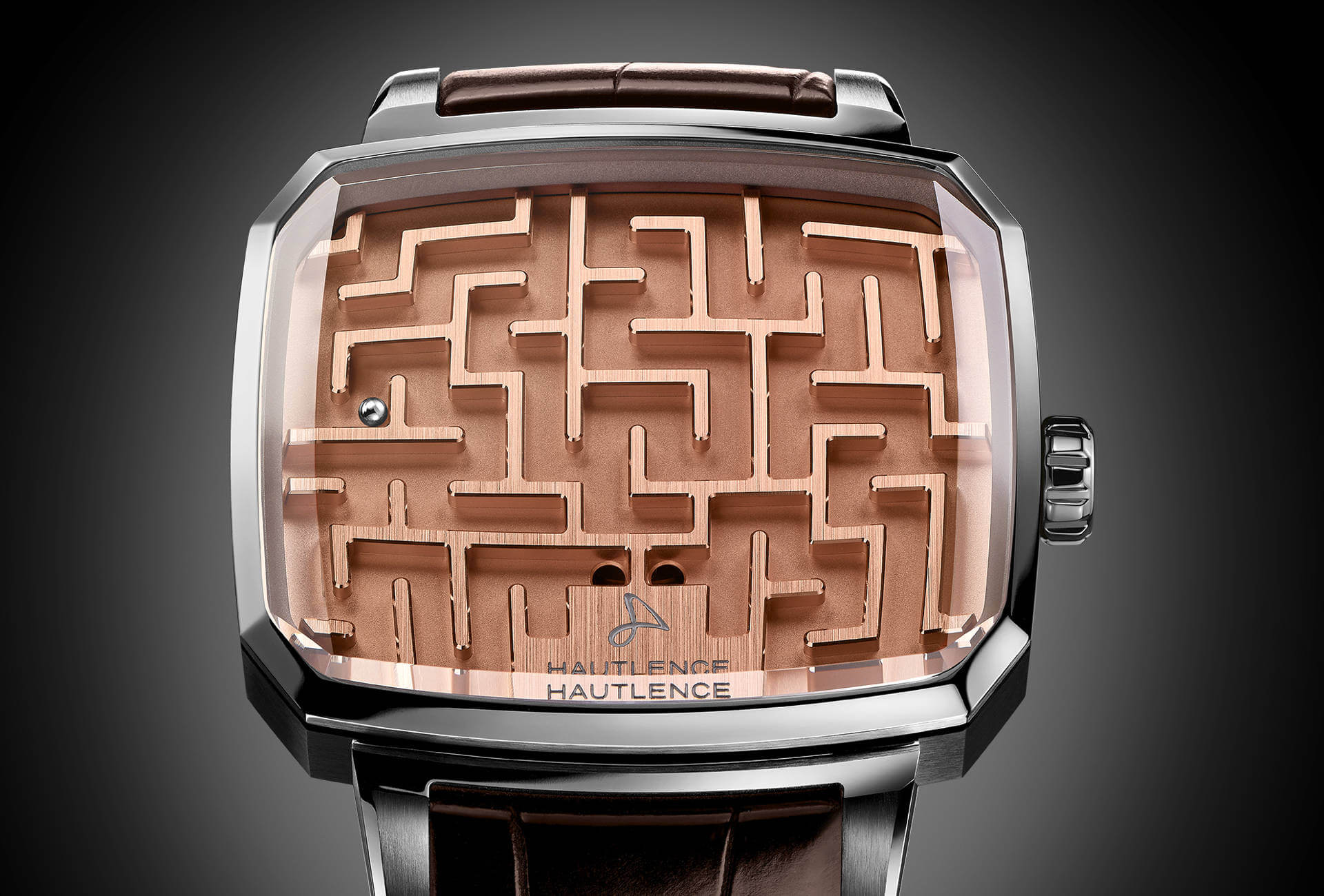Some are adamant, solemnly proclaiming that watchmaking follows on from Hegel’s five arts. Others, perhaps more lucid, dismiss the idea. One to hold this view is Franco Cologni, the serving president of the Fondation de la Haute Horlogerie Cultural Council. Despite having spent almost his entire life promoting the culture of watchmaking, he has declared that “the watchmaker’s art is not Art, but art applied to watchmaking. This is something quite different. The Artist has full creative freedom, whereas the designer is free within certain limits, for he is obliged to respect the rules of the product, the rules of the brand. His art is linked to the primary function of the product, hence he cannot stray from this function or ignore it. Nor does he sign his work as an artist would. He is one of several; his work does not belong to him. If watchmaking is an art, then one could call it a minor art.”
A question of utility
Such an affirmation invites a number of reflections. Is it true to state that the Arts with a capital A – “officially” categorised as poetry, painting, music, sculpture and architecture, and later the performing arts, photography, cinema and comic strips – are always practiced with complete and utter creative freedom? Film-making, for example, and architecture are surely “collective” arts which depend to a large extent on their producers or clients. It would seem that even the visual arts, those self-proclaimed bastions of expressive freedom, cannot show complete disregard for the tastes, even diktats of art market nabobs.
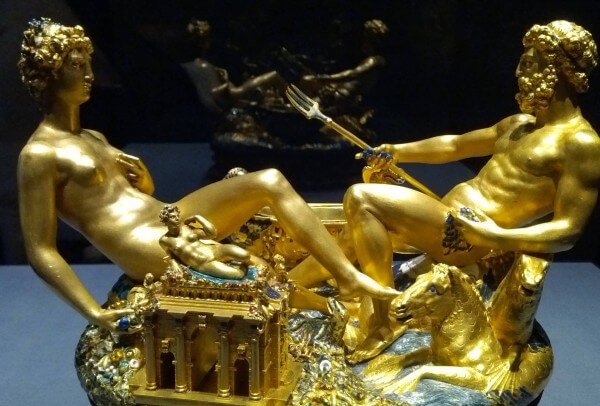
Without the Pinaults or the Arnaults of this world, would a Jeff Koons, for example, have acceded to the title of great Artist, or would his work be filed among the kitsch gadgets of the day? In a word, there is no overarching definition of Art; what constitutes Art varies with its era. In Ancient times, astronomy and geometry were placed under the protection of Urania, one of the nine muses. In the Middle Ages, rhetoric and grammar were liberal arts while blacksmithing, tailoring, glassmaking and knifemaking were among the mechanical arts. This was probably one of the earliest distinctions between these “mechanical” or “servile” arts, so-called because they transform a tangible substance into an object, and the “liberal” arts which exist of themselves, with no need to turn pre-existing matter into something of practical use. The (permeable) border between art and craft was beginning to emerge.
Watchmaking looks to Art with envy, and continually seeks ways to appropriate some of the nobility we associate with it.
This question of utility is, without doubt, the most obvious distinction between what we consider to be Art, and what counts as a craft or an applied art. A true work of art is autotelic, existing solely for the purpose of contemplation. Its power, should it have any, is symbolic, reflective, aesthetic. It is in itself elusive. A crafted item serves a predetermined function, which in our case is to tell the time. In this strictest sense, neither a watch nor a clock are works of art, even those which offer a clear demonstration of artistic expertise.
The "nobility" of Art
Conditioned by its function, watchmaking looks to Art with envy, and continually seeks ways to appropriate some of the nobility we associate with it; some of the prestige that makes Art one of the highest human activities. It does so through a whole array of “strategies” that we propose to examine in this series of articles devoted to this irresistible attraction.
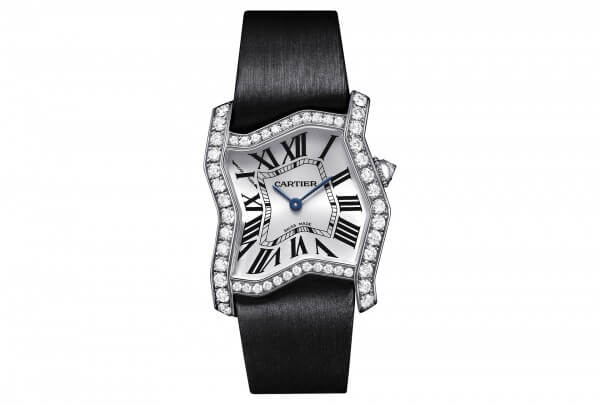
Throughout its history, watchmaking has thus collaborated with artists; it has openly or indirectly found inspiration in their work, and has even looked to become a work of art itself, in the true sense of the word; it has found its way into Museums; it has set out to capture the mood of the day; it has philosophical and symbolic aspirations… It also has economic motivations because Art, though devoid of any practical purpose, is literally priceless. What can be said of the $300 million which Qatar paid for a canvas by Paul Gauguin, painted in 1895 when the artist was living in virtual poverty in the Marquesas? Or the $170.4 million paid on November 9th 2015 at Christie’s New York for poor Modigliani’s Reclining Nude?

Do the $24 million realised at auction in 2014 by the famous Patek Philippe “Henry Graves” watch automatically make this grande complication a work of art in its own right? That is, a work whose price has become purely symbolic, detached from its original market value. As we can see, the relationship between art and watchmaking is infinitely more complex than we might have imagined. This series of articles attempts to unravel the multiplicity of a sometimes almost consanguine relationship.
